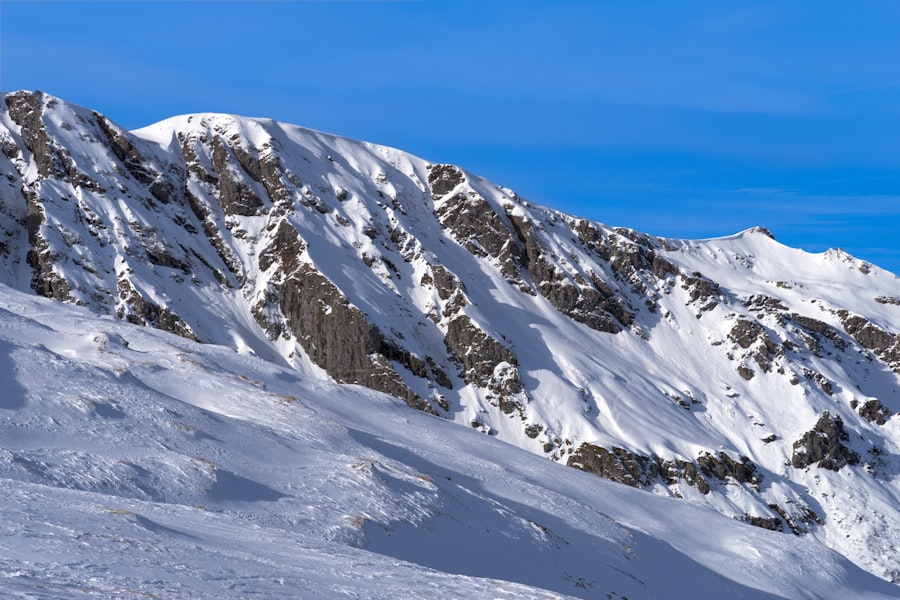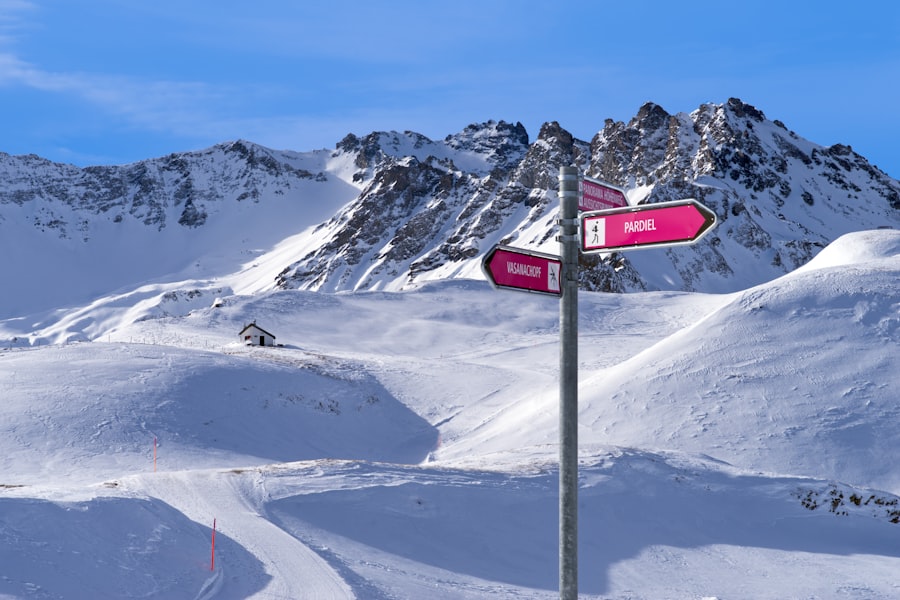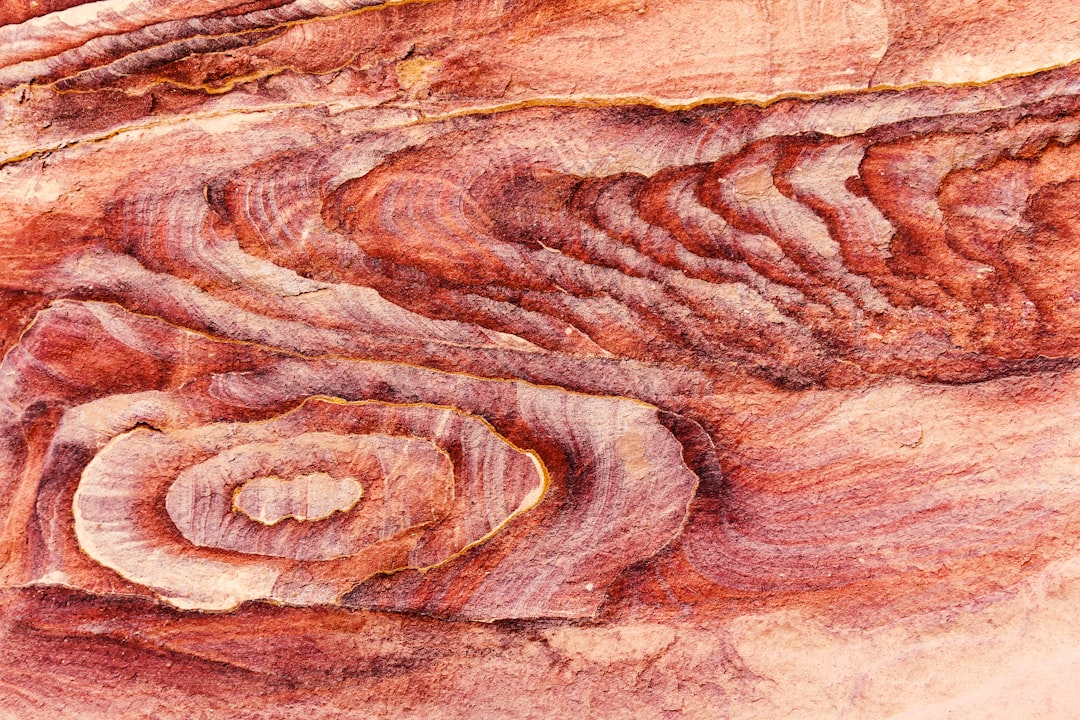The Drake Passage, a body of water situated between the southern tip of South America and Antarctica, is renowned for its tumultuous seas and significant role in global oceanic circulation. Spanning approximately 800 kilometers (500 miles) in width, this passage is not only a critical maritime route but also a vital area for scientific research. The waters of the Drake Passage are characterized by their cold temperatures and strong currents, which are influenced by the unique geological and tectonic features of the region.
This area serves as a natural laboratory for studying the interactions between tectonic plate dynamics and oceanic systems, making it a focal point for researchers and explorers alike. The passage is named after Sir Francis Drake, the English explorer who navigated these waters in the late 16th century. However, its significance extends far beyond historical exploration.
The Drake Passage is a key area for understanding the complex interplay between tectonic activity and ocean currents, which in turn affects global climate patterns. As tectonic plates shift and interact beneath the ocean floor, they create a dynamic environment that influences not only the physical characteristics of the water but also the biological ecosystems that thrive within it. This article will delve into the tectonic plate boundaries and dynamics that shape the Drake Passage, exploring their implications for ocean currents, climate, geological features, seismic activity, and human exploration.
Key Takeaways
- The Drake Passage is a narrow body of water between South America’s Cape Horn and the South Shetland Islands of Antarctica, known for its strong winds and currents.
- Tectonic plate boundaries in the Drake Passage are characterized by subduction zones, transform boundaries, and the Mid-Atlantic Ridge, leading to dynamic geological activity.
- Subduction zones in the Drake Passage result in the sinking of denser oceanic plates beneath lighter continental plates, contributing to the region’s complex tectonic dynamics.
- Transform boundaries in the Drake Passage involve the sliding of tectonic plates past each other, leading to significant geological and seafloor spreading activity.
- The Mid-Atlantic Ridge in the Drake Passage is a divergent boundary where tectonic plates move apart, creating new oceanic crust and influencing ocean currents in the region.
Tectonic Plate Boundaries and Dynamics
The Drake Passage is situated at a critical juncture of several tectonic plates, including the South American Plate, the Scotia Plate, and the Antarctic Plate. These plates are in constant motion, driven by the heat from the Earth’s interior, which causes them to shift and interact with one another. The boundaries where these plates meet are classified into three main types: convergent, divergent, and transform boundaries.
Each type of boundary exhibits distinct geological characteristics and dynamics that contribute to the overall behavior of the region. Convergent boundaries occur when two tectonic plates collide, leading to one plate being forced beneath another in a process known as subduction. This interaction can result in significant geological activity, including earthquakes and volcanic eruptions.
In contrast, divergent boundaries are formed when two plates move apart from each other, allowing magma to rise from below the Earth’s crust and create new oceanic crust. Transform boundaries, on the other hand, involve plates sliding past one another horizontally, which can also generate seismic activity. The interplay of these different boundary types in the Drake Passage creates a complex geological landscape that influences both oceanic currents and climate patterns.
Subduction Zones and the Drake Passage

Subduction zones play a pivotal role in shaping the geological features of the Drake Passage. The South American Plate is being subducted beneath the Nazca Plate along the western edge of South America, creating a trench known as the Peru-Chile Trench. This subduction process not only contributes to the formation of mountain ranges such as the Andes but also has profound implications for the marine environment in the Drake Passage.
As one plate descends into the mantle, it generates intense pressure and heat, leading to volcanic activity that can affect oceanic ecosystems. The subduction process also influences ocean currents in the Drake Passage. The cold waters from the Antarctic region are drawn into this area due to the movement of tectonic plates, creating a unique mixing of water masses.
This interaction is crucial for nutrient cycling in the ocean and supports diverse marine life. Additionally, subduction zones are often associated with increased seismic activity, which can lead to tsunamis and other geological hazards that impact both marine and terrestrial environments.
Transform Boundaries and the Drake Passage
| Aspect | Details |
|---|---|
| Type of Boundary | Transform |
| Location | Drake Passage |
| Movement | Lateral sliding past each other |
| Plate Interaction | Between South American Plate and Antarctic Plate |
| Features | Earthquakes, fault lines, and oceanic ridges |
Transform boundaries are another significant aspect of tectonic dynamics in the Drake Passage. These boundaries occur where two tectonic plates slide past each other horizontally, resulting in friction and stress accumulation along fault lines.
In the context of the Drake Passage, transform boundaries contribute to the overall seismic activity of the area. One notable transform fault in this region is the Scotia Arc, which separates the South American Plate from the Scotia Plate. The movement along this fault line has implications for both geological stability and oceanic currents.
As tectonic plates shift, they can alter the flow of water in the Drake Passage, impacting marine ecosystems and influencing weather patterns. The dynamic nature of transform boundaries highlights the interconnectedness of geological processes and their effects on oceanic systems.
The Mid-Atlantic Ridge and the Drake Passage
The Mid-Atlantic Ridge is a divergent boundary that plays a crucial role in shaping oceanic crust and influencing ocean currents across various regions, including the Drake Passage. This underwater mountain range extends through the Atlantic Ocean and is characterized by volcanic activity as tectonic plates pull apart. While it is located primarily to the north of the Drake Passage, its influence extends southward through various oceanic currents that converge in this area.
This process not only shapes geological features but also affects ocean circulation patterns that are vital for regulating climate. The cold waters from Antarctica mix with warmer waters from other regions as they flow through the Drake Passage, creating a complex system of currents that influences marine biodiversity and climate dynamics.
Influence of Tectonic Plate Dynamics on Ocean Currents

The tectonic plate dynamics in and around the Drake Passage have a profound impact on ocean currents that traverse this critical maritime route. The movement of tectonic plates creates variations in seafloor topography, which in turn affects how water flows through this region. The interaction between cold Antarctic waters and warmer waters from other parts of the globe leads to complex current patterns that are essential for nutrient distribution and marine life.
One significant current influenced by these dynamics is the Antarctic Circumpolar Current (ACC), which flows around Antarctica and connects all three major oceans: the Atlantic, Pacific, and Indian Oceans. The ACC plays a vital role in regulating global climate by transporting heat and nutrients across vast distances. As tectonic plates shift and reshape underwater landscapes, they can alter the flow of this current, impacting marine ecosystems and climate patterns far beyond the immediate vicinity of the Drake Passage.
Impact of Tectonic Plate Dynamics on Climate in the Drake Passage
The interplay between tectonic plate dynamics and climate in the Drake Passage is a complex relationship that has significant implications for both regional and global climates. The movement of tectonic plates influences ocean currents, which are critical for heat distribution across the planet. As cold waters from Antarctica flow northward through the Drake Passage, they interact with warmer waters from other regions, creating a unique microclimate that supports diverse marine ecosystems.
Moreover, tectonic activity can lead to changes in sea level and coastal geography over time, further influencing local climates. For instance, volcanic eruptions associated with subduction zones can release ash and gases into the atmosphere, affecting weather patterns and temperatures both locally and globally. Understanding these dynamics is essential for predicting future climate changes and their potential impacts on marine life and human activities.
Geological Features and Seafloor Spreading in the Drake Passage
The geological features of the Drake Passage are shaped by various processes associated with tectonic plate dynamics, including seafloor spreading. As tectonic plates diverge along mid-ocean ridges like the Mid-Atlantic Ridge, magma rises to create new oceanic crust. This process not only forms underwater mountains but also contributes to unique geological formations within the Drake Passage itself.
Seafloor spreading leads to variations in seafloor topography that influence ocean currents and marine habitats. The presence of underwater ridges and valleys creates diverse environments for marine life to thrive. Additionally, these geological features can affect sedimentation patterns and nutrient availability in surrounding waters, further impacting marine ecosystems.
Seismic Activity and Tectonic Plate Dynamics in the Drake Passage
Seismic activity is a direct consequence of tectonic plate dynamics in the Drake Passage. The movement of tectonic plates along convergent, divergent, and transform boundaries generates stress that can be released as earthquakes. This seismic activity is particularly pronounced in regions where subduction occurs or where transform faults are present.
The implications of seismic activity extend beyond geological stability; they can also impact marine ecosystems and human activities in nearby coastal areas. Tsunamis generated by underwater earthquakes pose significant risks to coastal communities and marine life alike. Understanding seismic patterns in relation to tectonic plate dynamics is crucial for assessing potential hazards and developing strategies for disaster preparedness.
Human Exploration and Research in the Drake Passage
Human exploration of the Drake Passage has a rich history marked by both scientific inquiry and adventure. Researchers have long been drawn to this region due to its unique geological features and ecological significance. Expeditions have sought to understand not only the physical characteristics of these waters but also their role in global climate systems.
Modern research efforts have employed advanced technologies such as remote sensing, underwater drones, and deep-sea submersibles to study various aspects of the Drake Passage. Scientists investigate everything from ocean currents to marine biodiversity, seeking to unravel the complexities of this dynamic environment. The findings from these explorations contribute to broader discussions about climate change, conservation efforts, and sustainable practices in marine resource management.
Future Implications of Tectonic Plate Dynamics in the Drake Passage
As tectonic plate dynamics continue to shape the Drake Passage, their future implications warrant careful consideration. Ongoing shifts in tectonic activity may lead to changes in ocean currents that could further influence global climate patterns. Additionally, increased seismic activity could pose risks to both marine ecosystems and human settlements along coastlines.
Understanding these dynamics is essential for predicting future environmental changes and developing strategies for adaptation. As researchers continue to explore this vital region, their findings will play a crucial role in informing policies related to climate change mitigation, marine conservation efforts, and disaster preparedness initiatives. In conclusion, the Drake Passage serves as a remarkable example of how tectonic plate dynamics influence not only geological features but also ocean currents, climate patterns, and human activities.
Its significance extends far beyond its turbulent waters; it stands as a testament to the interconnectedness of Earth’s systems and highlights the importance of continued exploration and research in understanding our planet’s complex environment.
The Drake Passage is a significant region in the study of tectonic plates, as it plays a crucial role in the movement and interaction of the Earth’s lithosphere. For those interested in exploring more about tectonic activities and their global implications, a related article can be found on MyGeoQuest. This resource provides in-depth insights into geological phenomena and their impact on our planet. To delve deeper into the fascinating world of tectonic plates and their dynamics, you can visit the article on MyGeoQuest’s Sample Page.
WATCH NOW! Drake Passage: Earth’s Deadliest Waters Revealed
FAQs
What are tectonic plates?
Tectonic plates are large pieces of the Earth’s lithosphere that move and interact with each other. They are responsible for the formation of continents, ocean basins, and geological features such as mountains and volcanoes.
Where is the Drake Passage located?
The Drake Passage is a body of water located between the southern tip of South America and the northern tip of the Antarctic Peninsula. It connects the Atlantic Ocean to the Pacific Ocean.
What tectonic plates are present in the Drake Passage?
The Drake Passage is located between the South American Plate and the Antarctic Plate. These two tectonic plates are constantly moving and interacting with each other, leading to geological activity in the region.
What geological features are associated with the tectonic plates in the Drake Passage?
The interaction between the South American Plate and the Antarctic Plate in the Drake Passage has led to the formation of underwater mountain ranges, deep-sea trenches, and volcanic activity. These geological features contribute to the unique oceanic and environmental conditions in the region.
How does the movement of tectonic plates in the Drake Passage impact the Earth’s geology and climate?
The movement of tectonic plates in the Drake Passage has a significant impact on the Earth’s geology and climate. It influences ocean currents, the distribution of marine life, and the formation of geological features such as islands and seafloor topography. Additionally, the tectonic activity in the region can contribute to seismic events and volcanic eruptions.
